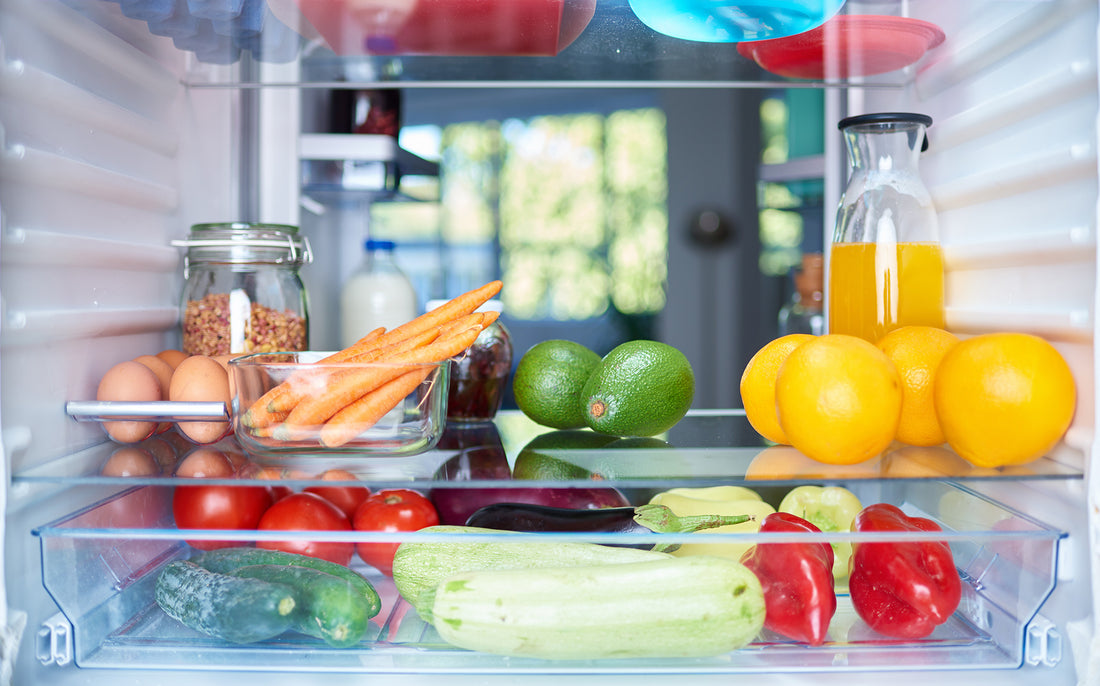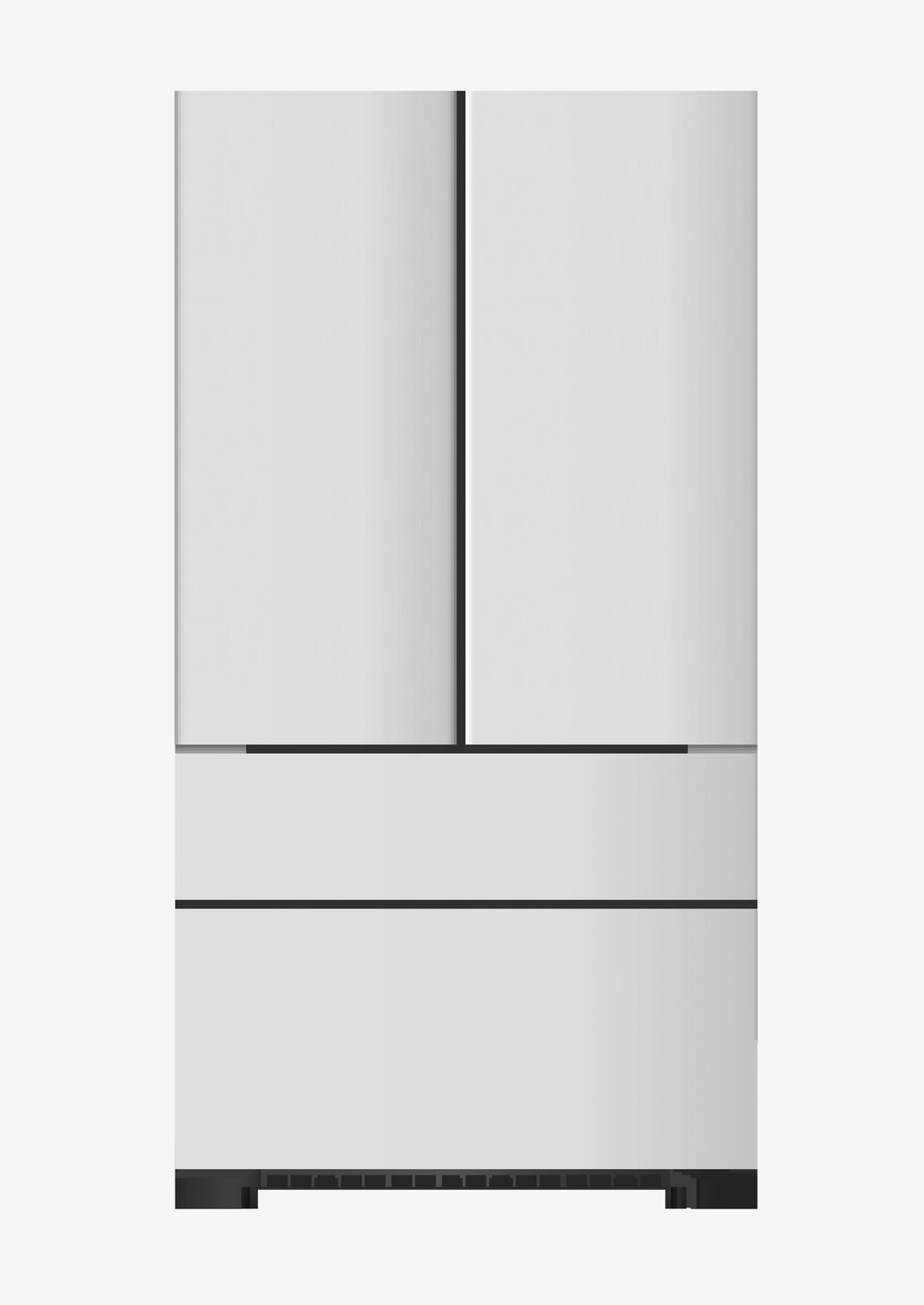
Blog
Our top 10 tips for fridge storage
Our top 10 tips for fridge storage
Here are 10 essential tips for organising and maintaining your fridge:
1. Separate Raw and Cooked Foods
To prevent cross-contamination, always keep raw and cooked foods separate. Place cooked and ready-to-eat items on the top shelf, ensuring they are positioned higher than raw foods to prevent any drips or accidental contamination.
2. Don't Rely Solely on the Smell Test for Meat
While 66% of Brits rely on smell to determine the freshness of meat, remember that harmful bacteria responsible for food poisoning do not emit a noticeable odour. Be cautious and use other safety measures when assessing meat quality.
3. Regular Cleaning
Keep your fridge clean by routinely wiping down surfaces. For those hard-to-reach corners, consider using an old toothbrush to ensure thorough cleaning.
4. Defrost Regularly
Prevent the accumulation of ice by regularly defrosting your freezer. This helps maintain efficient cooling and storage space.
5. Mind the Temperature at the Back
Avoid placing delicate items like fresh salads and herbs against the back wall of the fridge. This area tends to be colder, and these sensitive foods may freeze and spoil.
6. Appropriate Dairy Storage
While dairy products like butter and soft cheeses don't require the coldest part of the fridge, consider placing them on the middle shelf. Door shelves can also be used for softer dairy items.
7. Store Some Produce Outside
Certain fruits and vegetables, known as 'gas releasers' (e.g., avocados, bananas, nectarines, peaches, pears, plums, and tomatoes), should be stored outside the fridge to prevent them from causing premature spoilage of other vegetables.
8. Properly Seal Containers
After opening, ensure that jars of condiments, jams, and jellies are tightly sealed and stored in the fridge. For cooked foods, use suitable covers, while raw meat and fish should be well covered and sealed to prevent contamination.
9. Safe Meat Defrosting
Avoid defrosting meat and fish at room temperature, as this can promote bacterial growth as they reach a warmer temperature. Opt for safe defrosting in the fridge instead.
10. No Hot Food in the Fridge
Never place hot food directly into the fridge, as it can raise the overall temperature inside and increase the risk of food spoilage and food poisoning. Allow hot dishes to cool to room temperature before refrigerating them.





